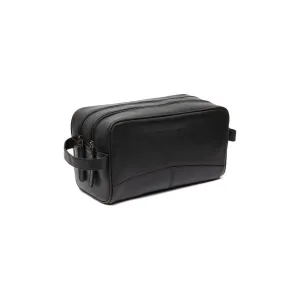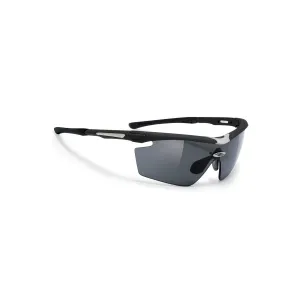Indopersian, 17th-18th century. Exceptional 36 1/2” length. Cane shaft with inset wood nock with the long intricately painted segment below retaining much detail. Matching shorter segments at the point. Slightly flared cylindrical tip with a blunt end. While stories persist that these were used to stun animals for live capture, it is almost certain that they were exhibition arrows for archery events. The blunt point allowed for repeated use on a metal target with deforming the point. That use would have produced a loud report of a successful shot immediately announcing the accuracy of the shot to the crowd. The blunt point would be less stable in flight which probably accounts for the additional length.

















